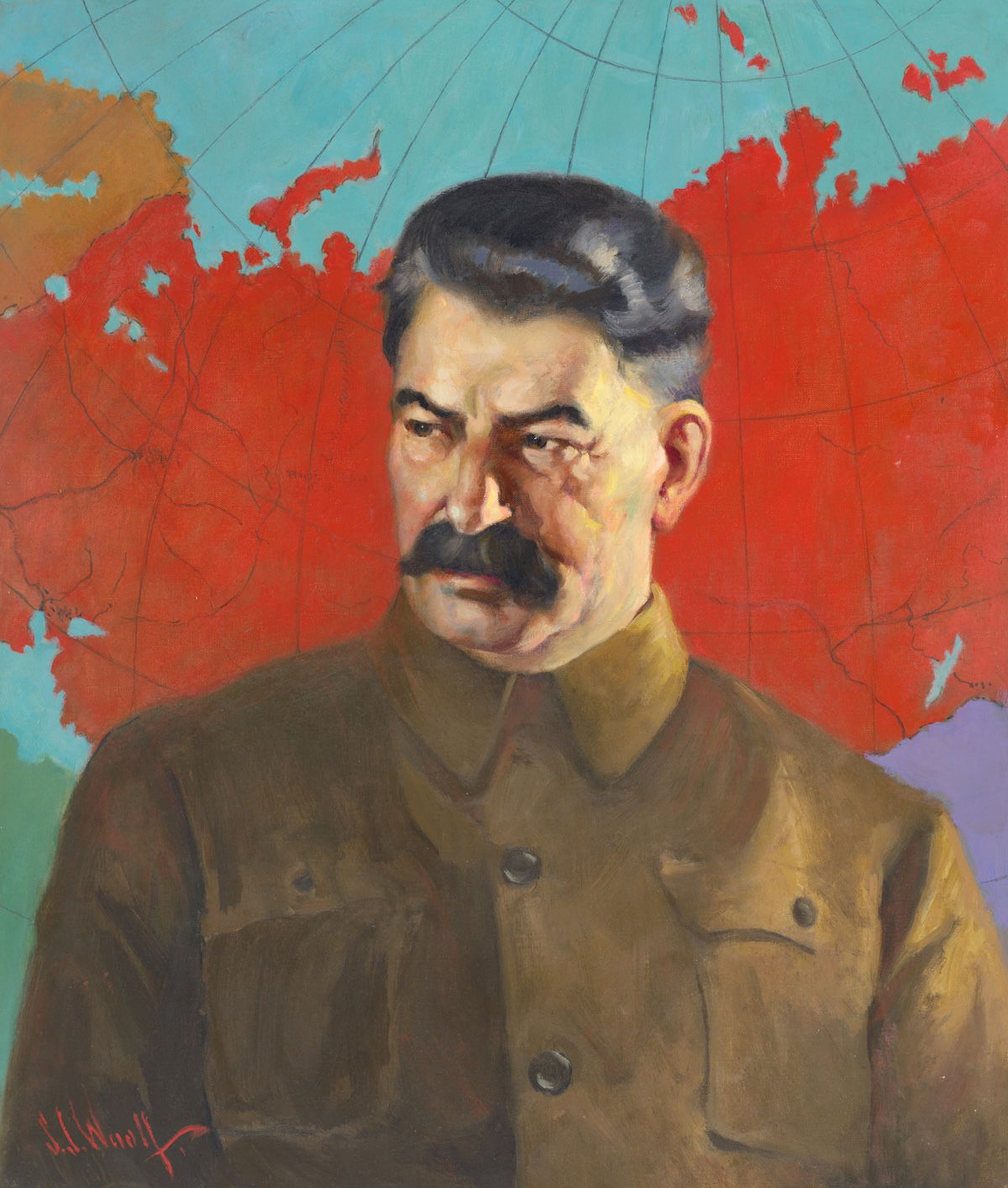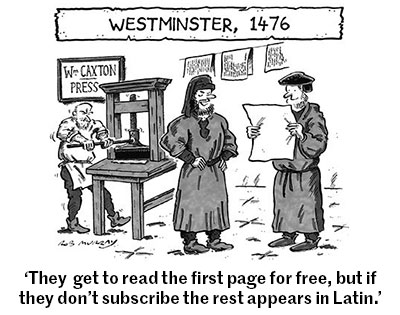Stalin and the Communist Party in the 1920s
By the late 1920s, Stalin and the Soviet Union seemed on the road to totalitarianism. Did the system spawn a monster – or a monster the system?

The chief political story of the 1920s in Soviet Russia was the rise to supreme power of Joseph Stalin, and the related failure of Leon Trotsky. Their rivalry – which moved from relatively minor antagonisms and jealousies to bitter competition for the role of Lenin's successor – deeply divided the Bolshevik (renamed Communist in 1918) party and the international revolutionary movement in general; it also coloured many of the more important issues facing the new state.







